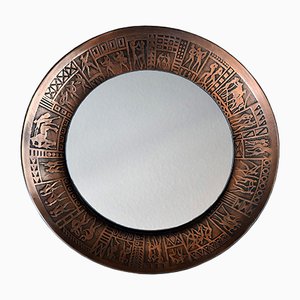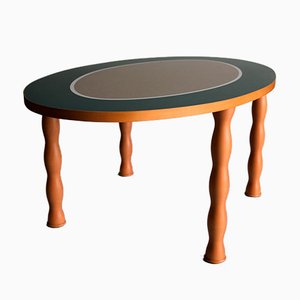Shipping quote request
We’ll calculate the shipping price as soon as getting your request.
Shipping quote request
We’ll calculate the shipping price as soon as getting your request.
You May Also Like
Sponsored Products
More from this Dealer
Art Deco Jatoba Wood and Purple Velvet Lounge Chair, 1930

B35 Lounge Chairs in Black by Marcel Breuer for Thonet, Set of 2

Mid-Century Italian Hallway Mirror and Coat Rack in the Style of Fontana Arte

Spider 4476 Ceiling Lamp by Joe Colombo for Oluce, 1981

Mid-Century Ceramic & Silk Table Lamp by Pieter Groeneveldt, 1950s

Vintage Candleholders by Pierre Forssell for Skultuna, Set of 2

Italian Bar Trolley in Brass and Glass, 1960

Mid-Century Italian Copper Mirror by Furgeri, 1960s

Mid-Century Anatomical Cell Division Models from Somso, Set of 12

Mid-Century Modern Pine Dining Chairs by Ilmari Tapiovaara for Laukaan Pu, Set of 4

Sculptural Chair from Pozzi and Verga, 1950s, Set of 2

Mid-Century Modern Light Sculpture attributed to Aldo van de Nieuwelaar

Postmodern Lounge Chair by Yrjö Kukkapuro for Avarte, 1980

Vintage Rocking Chair by Yrjö Kukkapuro, 1980

Filicudi Dining Table by Ettore Sottsass for Zanotta, 1992

Ceramic Tiles by Gio Ponti, 1980, Set of 8

Flex 2000 Dining Set by Gerd Lange for Thonet, 1980, Set of 5

Mid-Century Modern Italian Wooden Two Tier Serving Cart

Italian Enamel Crodo Publicity Sign, 1966

Florentin Villa Quarter Art Rug in the Style of Paul Klee, 1926

More Products
Get in Touch
Make An Offer
We noticed you are new to Pamono!
Please accept the Terms & Conditions and Privacy Policy
Get in Touch
Make An Offer
Almost There!
To follow your conversation on the platform, please complete the registration. To proceed with your offer on the platform, please complete the registration.Successful
Thanks for your inquiry, someone from our team will be in touch shortly
If you are a Design Professional, please apply here to get the benefits of the Pamono Trade Program